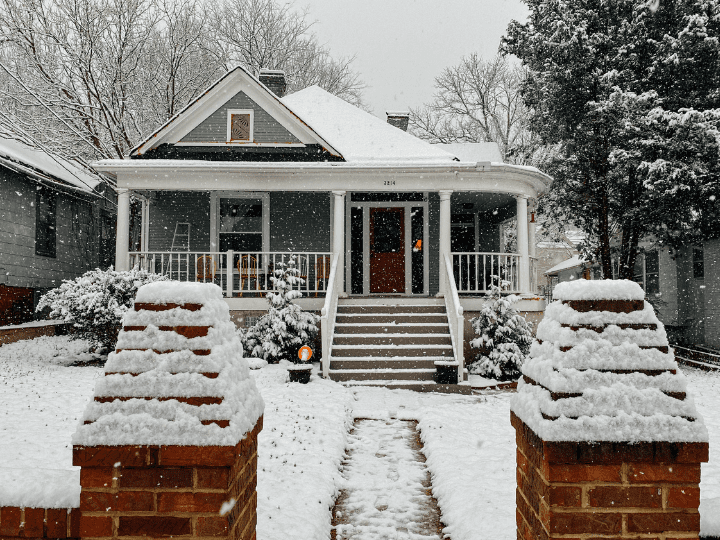When you think about running a small business, your mind likely goes to the daily challenges – managing staff, serving customers, keeping up with inventory. But in recent weeks, the devastating wildfires impacting communities in Northern Ontario have been a stark reminder of another reality: unexpected events can change everything in an instant.
For many small business owners, emergency preparedness isn’t at the top of the to-do list, until it’s too late. And while no one can control the path of a wildfire or prevent a major storm, you can control how ready you are to face it.
Why Small Businesses Are Especially Vulnerable
Unlike large corporations, small businesses often don’t have extensive backup systems or dedicated crisis teams. A power outage might mean closing your doors for days. Smoke or water damage could leave your space unusable for weeks. And if key equipment is destroyed, replacing it may not be as simple as placing an order.
These risks aren’t just about lost income – they can also threaten your relationships with customers and suppliers.
Three Key Pillars of Preparedness
While every business is unique, there are core elements of an effective emergency plan:
- Communication protocols – Who needs to know what, and how will you reach them if the phone lines are down?
- Resource backups – From cloud-based data storage to portable generators, consider what tools will keep your operations running.
- Insurance and financial readiness – Review your coverage to ensure you’re protected against fire, storm damage, and extended closures.
Lessons from the Wildfire Crisis
For many Northern Ontario entrepreneurs, the wildfires have been an unwelcome crash course in crisis management. Some who had backup locations, digital payment options, or alternate suppliers in place were able to adapt quickly. Others, without these contingencies, faced weeks of downtime.
One business owner described the relief of knowing her insurance policy covered not just the damage to her shop, but also the loss of income during the evacuation. It meant she could focus on staying safe and supporting her community instead of worrying about bills piling up.
Building Your Own Plan
Emergency preparedness doesn’t need to be complicated. Start with the most likely risks in your region – whether that’s wildfires, blizzards, or heavy rains – and map out your steps for each scenario. Involve your team so they understand the procedures, and update your plan regularly as your business grows or risks change.
_
You can’t predict every disaster, but you can reduce its impact. Protecting your small business means thinking beyond the everyday and planning for the “what ifs” that can threaten your livelihood.
If you’d like to ensure your emergency plan includes the right protection, our advisors can help you review your coverage and create a plan tailored to your unique risks. That way, you can focus on running your business, no matter what comes your way. Get in touch to learn more about our options for small businesses, today.











